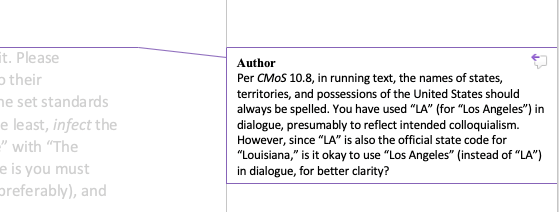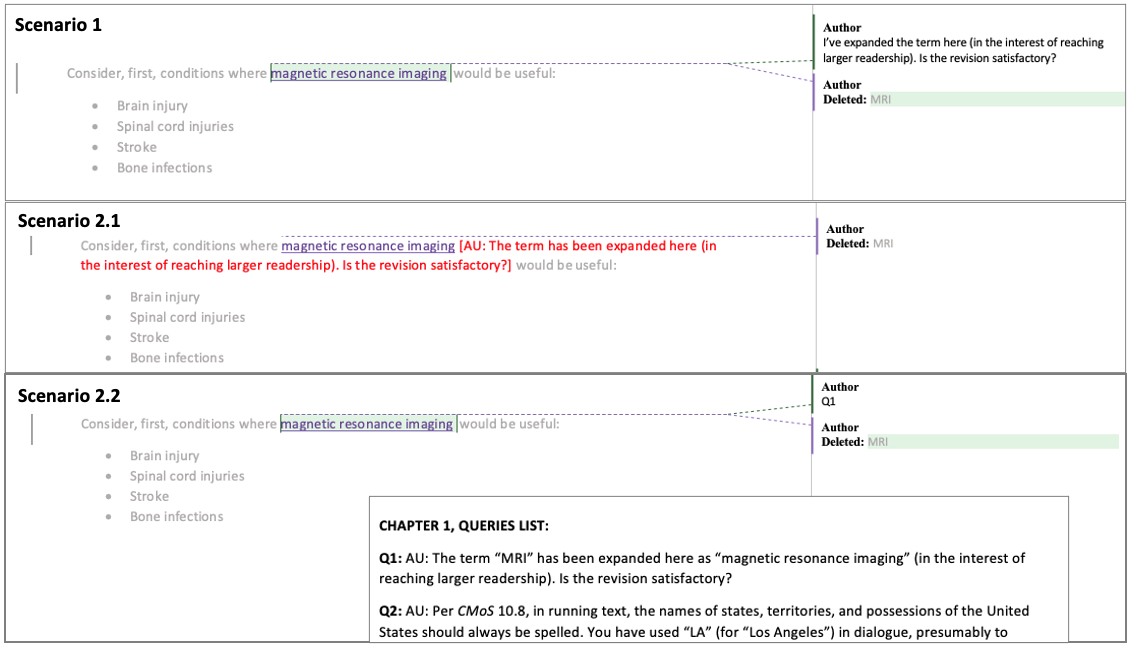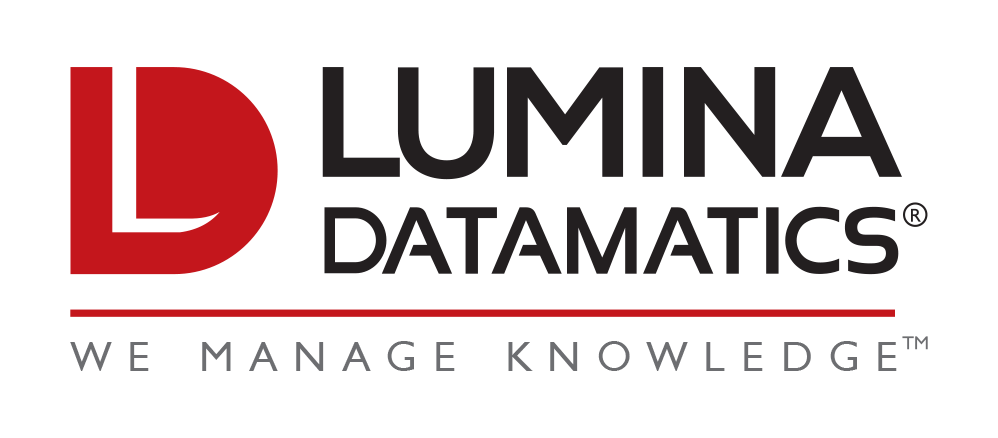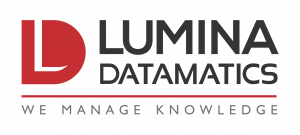It is always good to ask questions, but of yourself first. Clarity is a direct reward of careful inquiry. In any industry, the final quality of a product or service is underpinned by the collective knowledge (let’s term it KC) of the client’s expectation. In other words, the final quality of a product or service is dependent on the shared expectations of all stakeholders who take part in the production of that product or service. The challenge is to reach a state of shared expectations, knocking out all assumptions.
Mathematically speaking,
KC = 1/A
Here, A denotes assumption, which is a nonzero positive number, and A = 1 indicates the baseline assumption, which is inherent in any process and is acceptable as long as the objective is to meet the client’s expectation. If the objective is to exceed it, then you need to go the extra mile to further reduce the value of A. Hence,
-
- KC = 1: You are likely to meet the expectation.
- KC > 1: The magnitude tells you how far you’re from the goal.
- KC < 1: Voilà! You’re all set to exceed it.
Be a little generous in making assumptions, and you see how precarious the path to quality becomes.
There is only one effective weapon to wipe out an assumption: a pertinent and well-structured query. The question in the title initiates the process by first establishing the pertinence of a query. It demands no wizardry: all you need to ask yourself is this (in either or both situations below):
Situation 1: Am I making any assumption about an instruction (or expected outcome), because it is vague or has a degree of ambiguity?
Situation 2: Is there any gross deviation from the set standards that must be reported to the originator and a confirmation sought for correcting it?
If the answer is yes, then rest assured it is pertinent to raise a query.
Although the discussion above may be relevant to any product or service line, what follows narrows the context down to queries arising in the normal course of (mainly) editorial, project management, and typesetting services for a publication. All such queries are directed to the author (or other key stakeholders, be it the publisher, instructional designer, and the like) in relation to their manuscript or page proofs. For simplicity, the further discussion is to be understood in the context of author–copy editor relationship.[i]
Once you’ve figured out that it is relevant to query the author or publisher in your given case, the next step is to articulate your question (i.e., forming a well-structured query). The tips below come in handy when you set out to achieve this goal.
1. Know the Recipe
How would you rate a dish in a restaurant? Before you eat it, you perceive it with your sense of sight. It must look sumptuous. The receptors in your nose grab the tantalizing aroma wafting toward you. When you put the first bite into your mouth, your taste buds capture the essence of it and send the taste profile to your brain, issuing a scorecard to each type: sweet, sour, salty, bitter, and savory. Now, add in the mouthfeel, and you have the complete explosive experience of eating that tasty morsel. A chef knows the basic food science to create this magic. They create hundreds of recipes, and each conforms to the same basic framework.
Similarly, the recipe of effective query writing rests on a basic conceptual framework, which is:
1. Report deviation: Clearly state what the author has followed and what the standard or stipulated instruction prescribes. Remark on deviations from that standard.
2. Suggest a remedy: Offer a solution, supported by an example.
3. Ask a close-ended question: The only possible answer to your final question must be either a yes or a no.

2. Mind Your Tone
The tone of your query ought to be polite and respectful—no question about it. Please remember that the author counts on you to make all necessary refinements to their publication. So if you spot a pervasive issue or something that is way too off the set standards (be it typographical style or use of language), it must not irk you and, not in the least, infect the tone of your query. Compare, for instance, “The sentence doesn’t make sense” with “The meaning of your sentence is unclear.” You know what I mean? The bottom line is you must never be judgmental, but rather objectively report the issue, offer a solution (preferably), and seek confirmation.
Aside from this, it is not uncommon to find queries written quite informally, and they are often not objected to (for obvious reasons). For example, “Revision OK?” and “Sense OK?” Well, while an informal tone suits certain situations or work setups, a formal tone (as well as sentence structure) is always acceptable under all situations or work setups. Of course, there is merit in keeping your query short and to the point—such as “Is the revision satisfactory?” and “Does this edit retain your intended meaning?” The next tip shares some useful insights into a similar aspect.
3. Know Your Relationship Context
The relationship context rests on the work-setup scenario. Broadly, you are likely to come across two different scenarios (the second representing two subscenarios):
Scenario 1: An individual copy editor interacting with the author (where the copy editor may have to submit a formal letter to the author, along with the copyedited manuscript).
Scenario 2: The copyediting task is represented by an editorial department (where the author views the copy editor as a team or a company).
2.1: The author reviews the copyedited manuscript, with queries directly embedded in the text in comment form. (It is similar to scenario 1 but represents a distant or indirect relationship between the author and the copy editor.)
2.2: The author reviews the typeset proofs, with all copyediting changes incorporated and queries numbered and set either in the margins or listed at the end of the page proofs.
Scenario 1 implies a close relationship (at an individual level), whereas scenario 2 implies a distant relationship (at a group level). Each scenario has a direct bearing on how queries are framed.
You’ll find it interesting to examine how the query frame or voice needs to be tweaked in each scenario, for the same query, as shown below.

I leave it to you to figure out the nuances. Remember, in scenario 2.2, the use of the actual text strings (the text in quotes) serves as a link to the text, because unlike in the other two scenarios above, you cannot highlight the text string and put the query in comment form on the typeset proofs (unless copyediting is done directly on the proof pages—a rare work setup).
4. Copyedit Your Queries
The quality of queries has a direct impact on the author’s perception about the level of attention paid to the text. As a copy editor, this is your window of opportunity to create a positive impression on the author and build an impeccable reputation for yourself. Therefore, you must copyedit your queries to ensure they are free of any grammatical or spelling errors. Your queries are a game changer—no exaggeration. A perfunctory approach to query writing may at times cost you dearly.
5. Build a Repository
Like a chef, you must preserve your recipes (the fruits of your labor). Your carefully drafted queries deserve a repository (say, in the form of a Word document), which must grow over time. Each query pertains to a particular aspect or area of a manuscript (or publication, if you like). Therefore, it helps to categorize the collection of queries under various heads or sections, for a quick and easy retrieval of the existing ones and for posting the new ones. Consider, for example, the following (nonexhaustive) list of such heads and subheads:
1. Prelims (for queries related to the front matter of a publication)
2. Opening Page (for queries related to chapter/article opener elements)
3. Main Text
a. Language
b. Style
4. References
a. Reference List
b. Text Citations
5. Back Matter (for queries related to the back matter of a publication)
6. Miscellaneous
(The last category should be avoided, as far as possible, by creating new specific ones.)
A few key benefits of keeping such repository are:
1. Consistency of qualitative output across a team
2. An exceedingly low possibility of typos in queries
3. Saving of time and effort (i.e., increased efficiency)
4. A key ingredient in automation possibilities
5. An aid to training effort
Conclusion
To sum up, think of each query as your representative to a grand forum. You certainly want your representative to be presentable, intelligent, and purposeful. So the next time you raise a query, perform a sanity check considering all aspects discussed above, and if your representative looks fit for the occasion, off you send it!
Interested in learning more about Lumina Datamatics’ copyediting services? Email our team to learn more about how to copyedit educational content or to request a quote. You can also visit our website to learn more about Lumina Datamatics.
ENDNOTES:
[i] By the way, requesting missing material (or information) does not pose any challenge—does it? So I’m omitting such scenarios from the discussion here. It is always apt to query for missing details (e.g., a book reference is missing the publication details or a chapter is missing the title); no question about it. I know it is obvious, and you expect me to assume this much, but exposing all assumptions never hurt anyone.





0 Comments